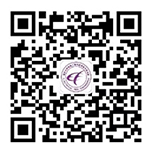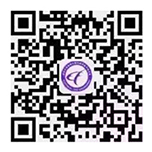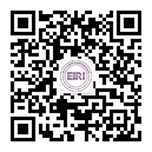the institute of electrical engineering & new technologies was born in the teaching and research group engaged in basic teaching of electrical engineering, relying on the national key disciplines of "electrical engineering theory and new technologies". since 1950s, the institute has started to train postgraduates. in 1978, it began to recruit postgraduates in batches. it was approved by the academic degree committee of the state council as the first batch of doctoral programs in 1981. it was appraised as the only national key disciplinary unit in theoretical electrotechnics in 1988, and in 2002, it was again appraised as a national key discipline. professors wang xianchong, xiao dachuan and tang tongyi, the founders of the disciplinary unit, became the first doctoral tutors in china. in 1983, prof. wang xianchong trained the first doctor (luo feilu) of this discipline.
the department of electrical engineering tsinghua university won the first prize for doctoral education in 1997 (prof. xiao dachuan of the institute was one of the winners). one doctoral dissertation was awarded the only national excellent doctoral dissertation award in the discipline of electrical engineering respectively in 1999 and 2000, and one was awarded the national excellent doctoral dissertation nomination award (wang fuping) in 2004 (cheng zhiguang and tu yuming). during the tenth five-year plan period, the institute enrolled 24 doctoral and 73 master's graduates, and graduated 7 doctoral and 68 master's graduates. among the graduate students, one was nominated for 100 excellent doctoral dissertations, two were awarded excellent doctoral dissertations of tsinghua university, six won excellent master dissertations of tsinghua university, and two were awarded excellent doctoral dissertations of tsinghua university. many of these doctoral graduates taught at peking university, beijing university of aeronautics and astronautics, southeast university, national defense university of science and technology, naval engineering university, east china university of technology, tsinghua university, china agricultural university and other universities, and they become the backbones in teaching, scientific research and educational management. the institute undertook the teaching of the basic course circuit principles (about 35 classes and 1000 students per year) for the electrical major of tsinghua university. in 2005, the course won the title of beijing excellent course.
by the end of 2006, the institute had 26 faculty members, including 8 with senior professional title, 7 with associate senior professional title, 8 with intermediate professional title and 2 postdoctors. there were 12 teachers with doctoral degree. young teachers have become the backbones of teaching and scientific research in the institute.
during the tenth five-year plan period, the institute focused on exploring new disciplinary directions of the military engineering research, especially the application of modern signal processing theory in communication countermeasure, the application of electromagnetic field theory in electromagnetic emission and nuclear explosion protection, and the application of measurement uncertainty theory in space sensor system, which greatly highlighted the characteristics of electrical theory and new technology disciplines and enhanced the relationship between scientific research and talent training with the country's major needs. during the tenth five-year plan period, more than 13 million yuan was spent on these researches, including hosting and participating in one national key nfsc project, and hosting five general national nsfc projects, nine projects of the national defense "863" programs, "new concept weapons" and "pre-researches", and more than 30 projects from the industrial sector. it achieved a number of important results in the field of scientific researches of communications countermeasures, electromagnetic launching, superconducting applications, and power quality. more than 230 academic papers have been published, of which 40 have been included in sci and 83 papers have been included in ei (excluding those duplicated with sci); 17 patents have been applied for and 10 patents have been authorized; 12 monographs, textbooks and translated works have been published.








